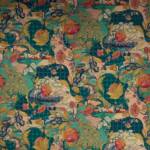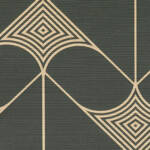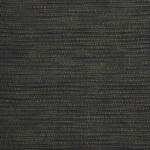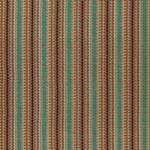We’re all different. That’s the beauty of life.
I grew up being a student of culture and diversity. I was born that way. I am proud of my Black heritage. But, I’m also proud of the other percentages that make me who I am.
I say this because as an interior and lighting designer, I’m a strong believer in how culture shapes us not only through our backgrounds and lifestyles, but our beliefs – especially here in the US. So, I’ve always looked at people through a very wide and colorful lens – especially artists and designers.
Which brings me to diversity in patterns. Even though our society tends to lump “similar” into the “same”, we’re not. We’re all mixed with thousands of combinations of different heritages. Just go into a Sephora store and look around at makeup tints. It’s true.
So, as a fun exercise, I decided to select design patterns from my 23 & me heritage that helps me celebrate the combinations of design that are part of my DNA. Try doing this too. It’s very eye opening.
I am 57% West African
Designer, Ozwald Boateng is a British fashion designer of Ghanaian descent, known for his trademark twist on classic British tailoring and bespoke style.
I chose Oswald because his fashions and textiles are stunning and have a profound impact on international style.
Ok… You can’t argue that Africa is one of the oldest and most revered cultures in the world. There are many many types of African graphics depending on which of the 54 countries in Africa you’re talking about. Each country has their own culture, language, and multitude of textiles. In these countries, people revere their ancestors wearing fabrics printed with traditional symbols to express respect and love which has been passed down through generations. In West Africa, there are 16 countries with many types of textiles. Some patterns are worn by Royalty and/or reserved for special occasions.
Many West African textiles originated as a non-verbal communication among African women. Prints are trademarked, owned, collected and revered worldwide.
Designer, Lisa Hunt is an artist known for her repeat patterns and spacial relationships. Her work is inspired from bold Art Deco graphics and reimagined with indigenous inspiration that transcends time.
I chose Lisa because her art communicates a feeling through symbolic typography. I love her use gold leaf that gives a nod to ancestral royalty.
I am 30% British
William Morris was first a priest, architect, and then a textile designer. He helped shape the British Arts and Crafts movement not only though his textiles, but also through his political projects as a writer and poet.
I selected William Morris because he is an early example of a design disruptor who moved the world forward far beyond art. William Morris fought against the Industrial establishment and helped bring back handmade designs.
Since the history of European textiles is extremely huge, I’m going to fast forward to the textile development in Britain during the Industrial Revolution. During this time, Many skilled artisans rebelled against the machine industry, and started romancing the past. They rediscovered art from the Medieval and Middle Ages, and were inspired from the beauty of Nature re-emerging embroidery, tapestries, and printed wallpapers.
I am 11% Asian
Textile Designer, Reiko Sudo is known for using unique weaving artistry produced in many of Japan’s regional production and craft workshops, helping to honor and preserve the country’s traditional techniques.
Reiko Sudo is co-founder, current CEO and design director of Nuno Corporation of Tokyo, universally recognized as one of the world’s most innovative textile companies.
I chose Reiko Sudo as an example of moving Japanese tradition forward experimenting with unusual materials, while respecting the society using local craft workshops.
Japanese textiles reveal a camera’s lens into Japanese culture and history. Some patterns show social status and share messages and stories of a person’s life and beliefs. There are many fabrics and patterns that span hundreds of years. Japanese art and textiles and graphics also tend to blur the line between nature and innovation. The Japanese artists respect nature and work in harmony with the landscape and its’ symbolism.
I believe that culture designs us. So, I propose putting our culture-thinking hats on to help us breathe depth into our lives that will also give us a wider perspective with others. This is part of the understanding that everyone and everything has a story.
So, that’s the beauty of life. If a flower looked exactly like the next, it would not have its own beauty or flare, and our landscape would be boring.
Check out: Black Artists + Designers Guild (BADG) which I am also a part of. BADG features excelled Black Artists and Designers pioneered and advocated by artist and trailblazer Malene Barnett. These ceramics below, are just one aspect of her talent.











